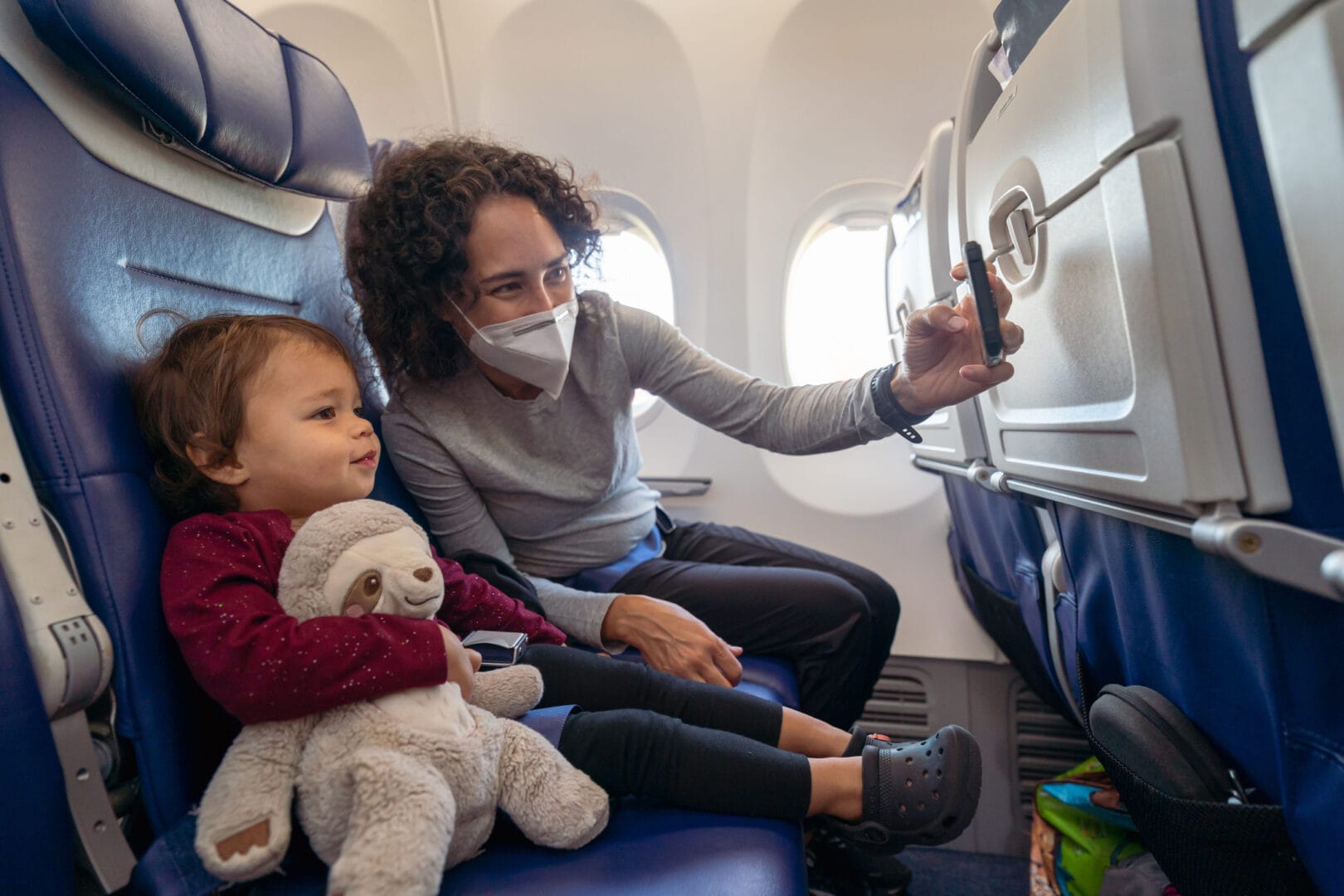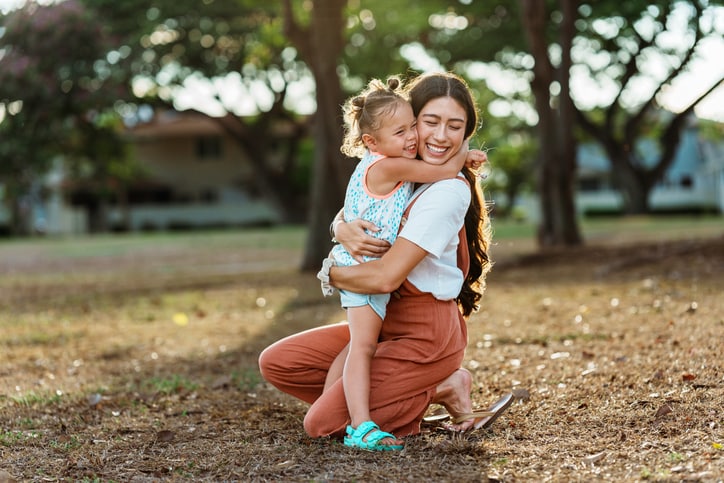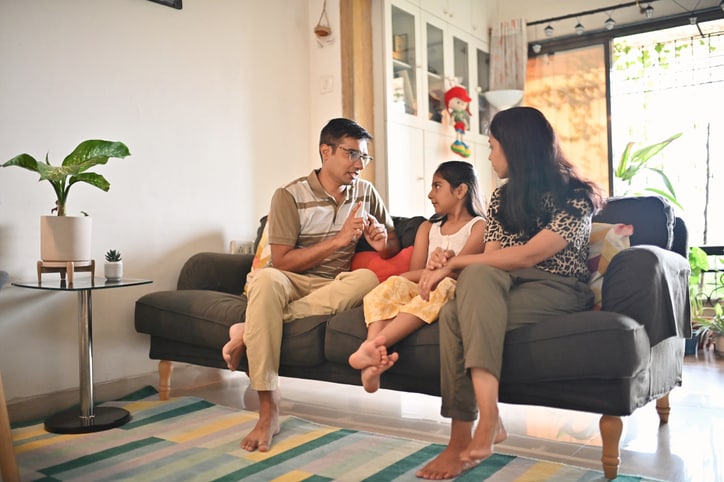Last week, a federal judge struck down on the transportation mask mandate the Centers for Disease Control and Prevention (CDC) had in place for over two years. The result? (Other than more run-of-the-mill, divisive clashes?) Many parents — particularly those with kids too young for vaccination — are now reevaluating their travel plans.
“As a parent, I understand the conversations and choices families are making right now,” says Dr. Rebekah Sensenig, infectious disease expert at Riverside Health System in Newport News, Virginia. “With the mandate over, it’s important each family does what they feel is best for their health while continuing to evaluate the situations they’ll be in and choosing the mitigation strategies that help everyone remain as safe as possible.”
“With the mandate over, it’s important each family does what they feel is best for their health while continuing to evaluate the situations they’ll be in and choosing the mitigation strategies that help everyone remain as safe as possible.”
— DR. REBEKAH SENSENIG, INFECTIOUS DISEASES EXPERT
The Biden administration has appealed the ruling, but depending on what happens — and when — planes very well may still be mask-optional come summer, when travel, particularly for families with kids, is at its peak. Here’s how families with young kids can stay as safe as possible in this new-new normal.
Flying with kids sans mask mandates: How alarmed should you be?
Since the start of the pandemic, the risk-lowering benefits of multi-party mask-wearing have been extolled by officials, including the CDC. So now, with the federal mask mandate lifted on airlines, many people, especially those with children not yet eligible for vaccination, feel uneasy. Dr. Scott Weisenberg, clinical associate professor of medicine and medical director of the travel medicine program at NYU Grossman School of Medicine, explains that the anxiety isn’t unwarranted.
“During times with active community transmission, if people are not wearing masks after the removal of the mask mandate, the risk of transmission will go up,” Weisenberg states. “This will increase the chance of catching COVID-19 on planes, so people need to consider their individual risk, as well as the risk of spreading infection to those around them. Until vaccines are available, children under 5 will remain at risk.” The risk of getting infected can be reduced by wearing a mask, Weisenberg adds. However, they’re not recommended for kids under 2, and they won’t eliminate the risk entirely.
“During times with active community transmission, if people are not wearing masks after the removal of the mask mandate, the risk of transmission will go up.”
— DR. SCOTT WEISENBERG, MEDICAL DIRECTOR
That being said, Weisenberg also adds that the “air circulation in planes makes them lower risk than a poorly ventilated indoor space.” In other words: While being stuck on a crowded airplane with maskless people may feel riskier than a packed restaurant, it’s not.
When you’re wearing masks on the plane and others aren’t
According to Sensenig, one-way masking, if done correctly, “can continue to give people substantial protection.” However, Weisenberg notes, it won’t eradicate your risk altogether.
But there’s also the issue of kids 2 and under who have been instructed to not wear masks, due to their smaller airways and inability to communicate if they’re having trouble breathing. (The ironic rationale, of course, was that the masked-up folks around them would offer enough protection.)
While there are other ways that may mitigate risks while flying (more on this shortly), the mask mandate repeal has been an unwelcome surprise for parents with young kids. New Jersey mom Janelle Milanes was visiting family in Miami with her 4- and 2-and-a-half-year-old when the mandate ended. “I felt blindsided by the announcement,” Milanes explains. “I knew it would end eventually, but I assumed there would be some sort of notice, particularly for those who made plans to travel with the mandate in mind.”
Admittedly, Milanes “panicked” for her unvaccinated kids, particularly her younger daughter, who she knew wouldn’t be able to keep a mask on during a three-hour flight. “We had no choice but to fly since we had to get home, so I got them what I hoped were the best quality masks, let them take breaks and crossed my fingers we’d make it through COVID-free,” she says, adding that about “one-third” of the passengers on the flight were wearing masks.
How to get the most out of your mask
Here’s how to make sure your mask is giving you — and your kids, if they can wear one — the most protection possible:
Choose the right kind. “The quality of the mask and level of filtration is most important,” according to Weisenberg. “Those who are at risk or are desiring optimal protection from COVID-19 should choose a well-fitting N95, KN95 or KF94 mask. A cloth mask will provide less protection.”
“Those who are at risk or are desiring optimal protection from COVID-19 should choose a well-fitting N95, KN95 or KF94 mask.”
— DR. SCOTT WEISENBERG, MEDICAL DIRECTOR
Wear it correctly. “Masks are effective only if worn properly,” says Dr. Kunjana Mavunda, pediatric pulmonologist and director of the International Travel Clinic in Miami. “The best mask is one that pinches over the nose and covers both the nose and the mouth — and that stays on.”
“Although N95 or KN95 masks are best,” she continues, “if they are uncomfortable and not worn properly, then they are ineffective.” Think: A child keeps pulling their KN95 mask down under their nose because it’s itchy.
“Surgical masks or fabric masks that have at least two layers that fit properly” may be more comfortable for children, she says, noting that kids may be more apt to wear these the right way.
“Masks are effective only if worn properly.”
— DR. KUNJANA MAVUNDA, PEDIATRIC PULMONOLOGIST
How to mitigate COVID risk when flying with kids who aren’t vaccinated
Across the board, experts agree: The best way to mitigate COVID risk during a flight is to wear a high-quality mask while traveling. Beyond that, here’s what you can do when you’re airborne to increase safety:
- Wash hands. “Even though surface transmission is not felt to be a major route of transmission, it is reasonable to wash hands after touching common surfaces, such as bathroom doors,” Weisenberg says.
- Practice social distancing when you can. While it’s impossible to social distance on a plane, Mavunda recommends trying to keep your distance in the airport, if possible.
- Don’t let your guard down. “Though there have been cases where the virus has infected people from farther away on planes, the biggest risk is going to be the people immediately around you — and they may not appear sick,” Weisenberg says. “People may still transmit before symptom onset, or without symptoms.”
In other words: Don’t take off your mask and eschew other safety precautions just because your seat-mate seems healthy.
And to that point, don’t write off COVID when it comes to little kids. “Throughout the pandemic, children have had less severe disease compared to vulnerable older adults,” Weisenberg says. “However, some children do get sicker, and some may also suffer from COVID-19 complications like ‘Long COVID.’”
Should you cancel your family vacation if you’re flying?
As we’ve been hearing throughout the pandemic, ultimately, you have to weigh your family’s personal risks when it comes to flying with kids. “It may be prudent for the elderly, parents with children less than 2 years of age or those who are immune-suppressed or have chronic illnesses to make plans that do not require flying, at least for the next few months,” Mavunda says. “There is just too much uncertainty among public health specialists, epidemiologists and physicians who take care of these populations. We may be wrong, but we will not know until June or July.”
If you do decide to fly, Weisenberg recommends exercising caution, particularly if you’re visiting older relatives, such as grandparents. “Consider minimizing the subsequent risk of transmission by choosing outdoor activities, doing testing before visits and ensuring grandparents are vaccinated,” he says.
Finally, Sensenig recommends looking at your trip overall — not just the flying part. “Consider your plans. Do they include heavily crowded areas? Public transportation? Will you be in an area experiencing heavier COVID-19 spikes?” she says. “These are all things to think about and discuss with your primary care provider, who can support you in making the best decisions for everyone’s well-being.”






